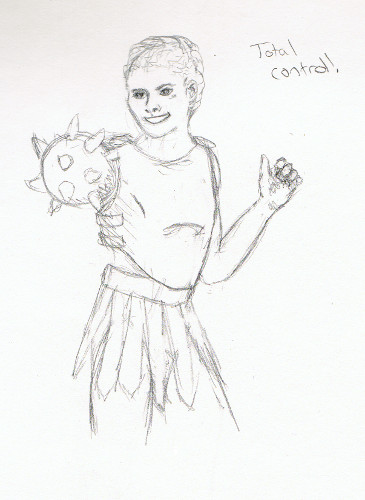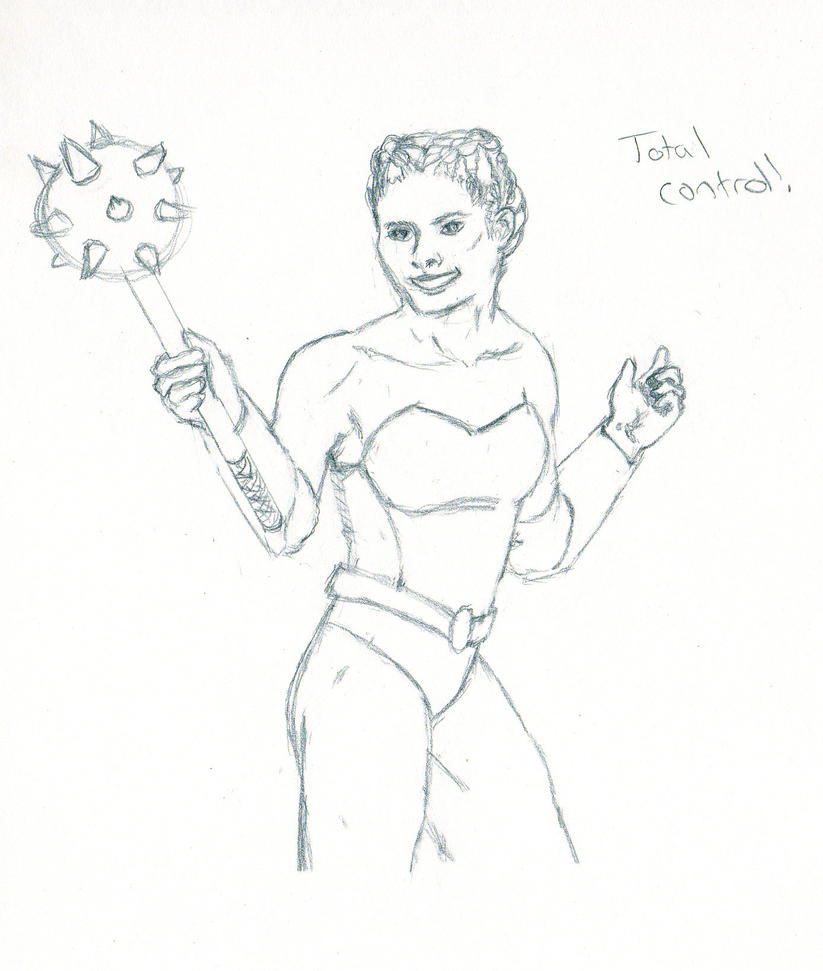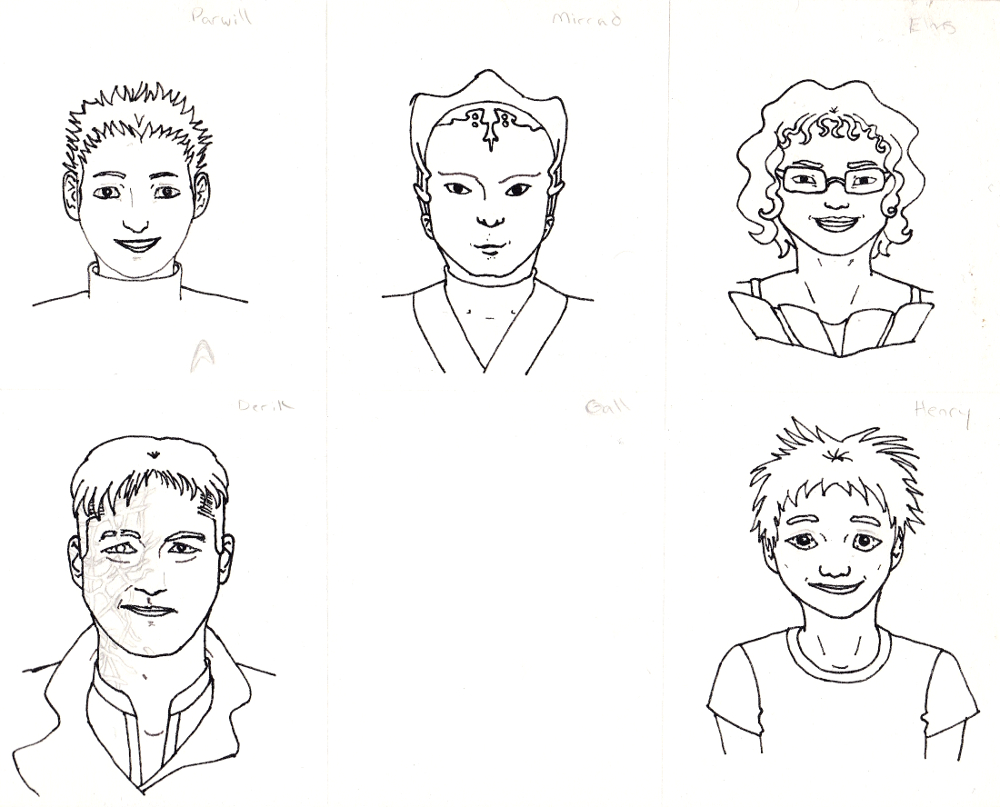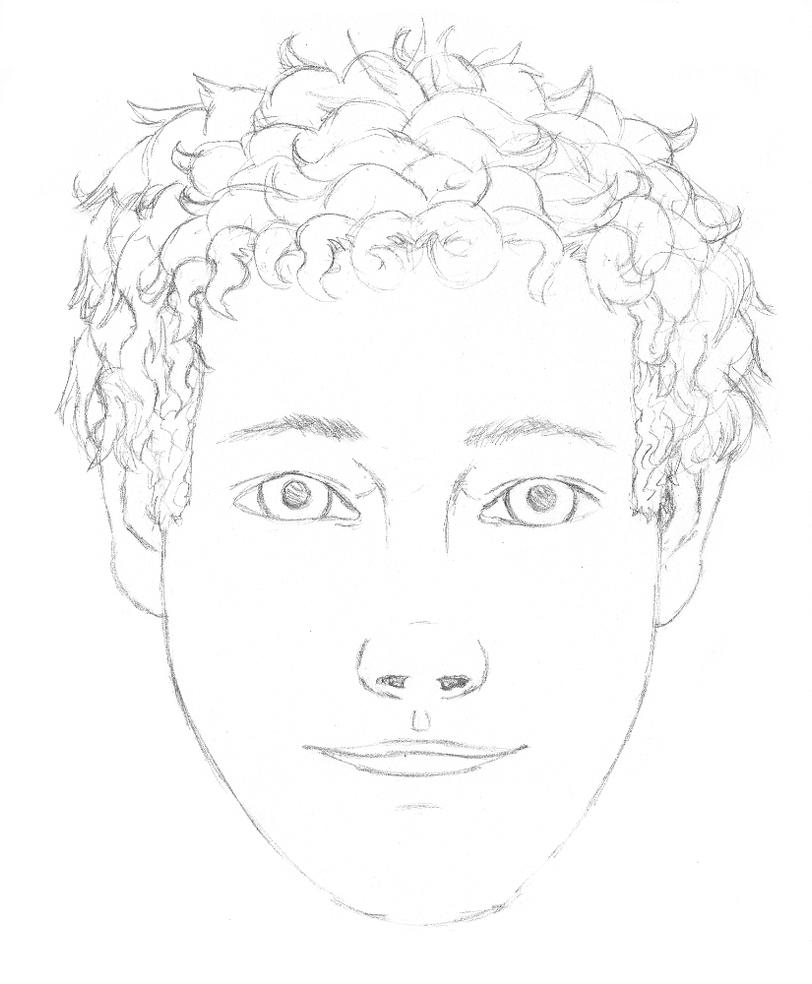Subject: Shading
Author:
Posted on: 2017-12-06 14:57:00 UTC
I'm no expert, but...
First, "hardness" refers to the actual consistency of the lead, so the softer the lead, the more easily you can transfer lots of graphite onto the page. Softer pencils are for darker lines, harder for lighter lines. You want to use a somewhat hard pencil for light sketching/shading, then the rest for varying depth of shadow.
(Personally, I just use a regular old .5 mm HB mechanical pencil for everything, but I have drawing pencils...)
As for shading—again, not an expert, so take this with a grain of salt—but shadows are basically for one of two things: 1) where the light is blocked, and 2) where the contours of the shape recede from the light source and/or the eye of the viewer. Highlights are the opposite.
If you're going to finish a drawing in graphite, you'll want to pick your white point and your black point. The white point is the brightest/nearest thing, the black point is the darkest/furthest thing. On a face, the shine of the eye is likely to be the brightest spot, and the pupils and nostrils are probably going to be the darkest. Note these points are not necessarily literally white and black. They're just the brightest and the darkest shade you intend to use. Everything else is somewhere in between. It's all relative, depending on the brightness and directness of your hypothetical light source as much as the actual lightness values of the subject.
Also bear in mind that the human brain is phenomenal at filling in details it expects to be there. You don't have to show every line on the face unless you're going for super-detailed true-to-life portraiture. Art relies on memes and signifiers the same way writing does, and lines on a face signify age. You do have the faintest shadow of that nose-mouth line there, and I think that's fine for the amount of detail you've got.
~Neshomeh



















